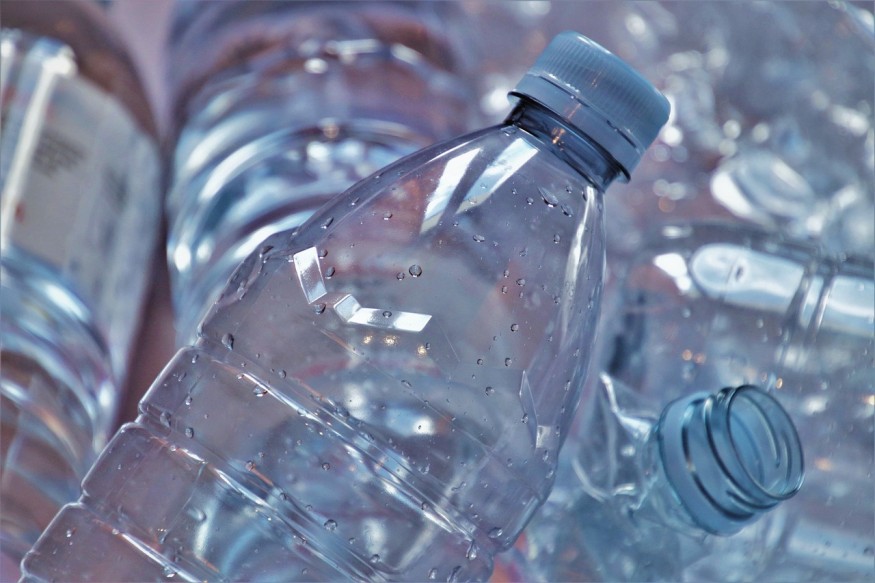Microplastics are tiny particles and fragments of whole plastics that comes in different forms such as plastic bottles, tapper wares, grocery bags, produce bags, coffee cups, cutleries, and among others. While whole plastics surround us daily, microplastics are not as evident and is barely visible in the naked eye due to its microscopic-level size.
Our understanding of microplastics and its impact to the environment and health is still growing. However, research in previous years have determined that excessive plastics or microplastic pollution may also cause harm to human health. In fact, the evidence is out that the small particles have been detected inside our body.
Now, scientists in their new study are warning people that the toxic microplastics are now getting stuck in our airways, highlighting the particles are everywhere and even in the air we breathe. It is for this reason that people are unaware that we inhale these airborne debris all the time. However, the actual scale of the microplastic pollution.
Recent studies have also shown that microplastics have been found inside a person's bloodstreams and even in the word's oceans where vast number of plastic particles have been found in the waters of the Great Pacific Garbage patch. In 2022, scientists also found the presence of microplastics in the air, including in snow in the Alps Mountain.
What are Microplastics?

A plastic particle can be considered as a microplastic when it has a size less than 5 millimeters long. In addition, it can be harmful in ocean environments and marine life. Being the most prevalent type of marine debris, plastics can be seen in our ocean and the Great Lakes region, according to the National Oceanic and Atmospheric Administration (NOAA).
The NOAA's National Ocean Service acknowledged the matter is an emerging field of study and not much information is known about microplastics and their impacts yet to the environment and other aspects. Although plastics make our life easier, we know that plastics contain some hazardous chemicals.
Since the invention of the first-ever fully synthetic plastic in 1907 by Belgian chemist Leo Baekeland, plastic production has significantly increased throughout the 20th and 21st century, according to the United Kingdom's Science Museum.
Microplastics in Human Body
The idea that plastics may get into our bodies someday was previously thought as unimaginable. This year, the new study published in the journal Physics of Fluids show how microplastics are transported and gets through our upper airways.
This means that microplastics were recently found for the first time inside the airways of humans, posing risk in respiratory health or even other systems of the body.
More than 14 people tons of microplastics have grown the world's ocean floor, according to research estimates, as cited by the European Environment Agency.
However, the rate of microplastic inhalations depends on the surrounding environment of the individual, wherein increased exposure of a person depends on its settlement, whether it is within or closer to urban life or not.
© 2025 NatureWorldNews.com All rights reserved. Do not reproduce without permission.





